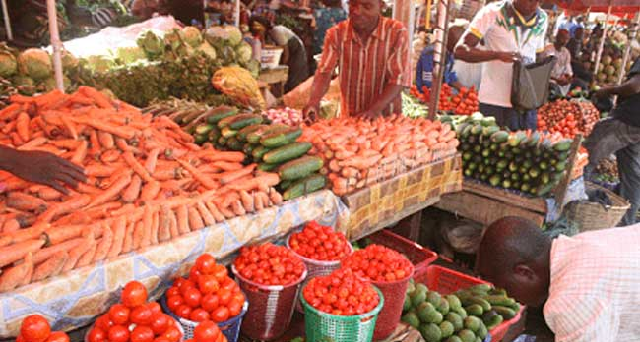The International Monetary Fund (IMF), has encouraged Nigerians to brace up for higher food prices next year (2023).
In its ‘Nigeria: Staff Concluding Statement of the 2022 Article IV Mission’ report cited by BizWatch Nigeria, IMF said the food prices would be driven by the recent flooding that ravaged some parts of the country.
IMF explained that while the flooding is responsible for the destruction of agricultural produce in affected areas in Nigeria, which include Kogi, and Benue states, food prices would worsen in the election year also due to the volatility in the value of the naira, the Federal Government’s continued dependence on the Central Bank of Nigeria (CBN) for financing its budget deficit, and climate change.
“The effects of recent flooding and high fertilizer prices could become more entrenched impacting negatively both agricultural production and food prices in 2023.
“Similarly, further volatility in the parallel market exchange rate and continued dependence on central bank financing of the budget deficit could exacerbate price pressures. In the medium term, there are downside risks to the oil sector from possible price and production volatility, while climate-related natural disasters pose downside risks to agriculture,” the report read.
The IMF further stated that over the next 10 years, the nation would have to create about 25 million additional jobs.
It said, “Strengthening the performance of the agricultural sector is key to job creation, food security, and social cohesion.
“Over the next decade, an estimated 25 million additional jobs will be needed to employ the new labor market entrants. For agriculture to continue playing a strong role in employment and ensure food security, boosting production and yields through improved input usage, especially through affordable fertilizers and higher quality seeds, better storage facilities and more coordinated policy support across government agencies are recommended.”
Meanwhile, 133 million Nigerians, according to the National Burea of Statistics (NBS), were multidimensionally poor, with a significant portion of them lacking access to food security, healthcare, and education.














